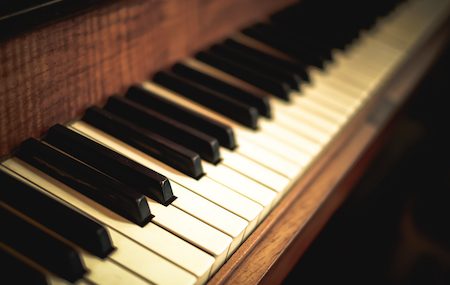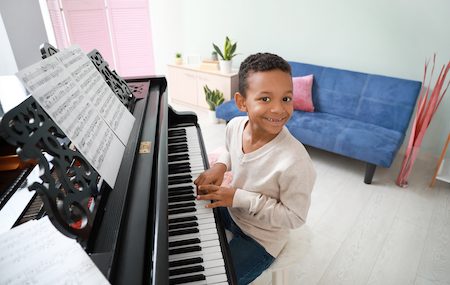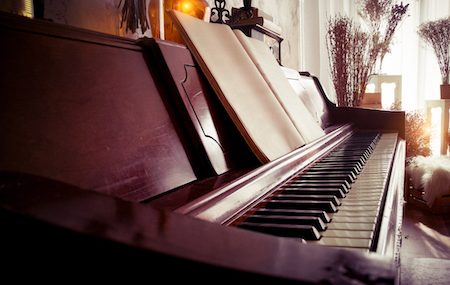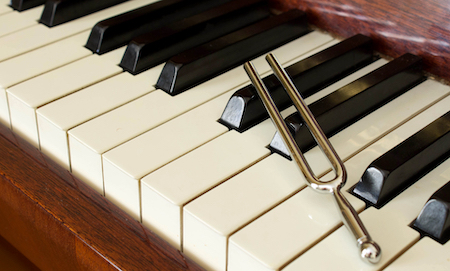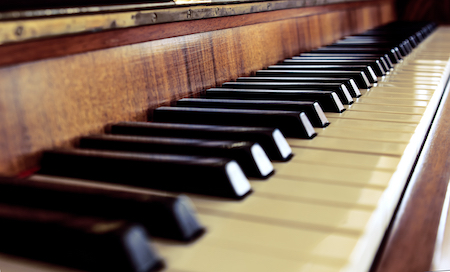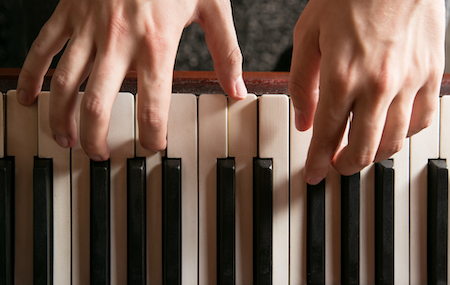When parents decide to enroll their children in piano lessons, the first task is to buy a piano for their kids to practice on. And that’s where many parents go wrong.
With a little search online, you’ll find an array of pianos available for purchase. Search Craigslist and you’ll even find pianos for free … simply haul them away, and they’re yours!
But is that the best way to bring a piano into your life? That’s usually where many parents go wrong.
Here’s why.
If you find a free piano, or one for a very low cost, it’s usually from a homeowner that no longer wants the piano, and has no idea how to get rid of it. They may try to sell it to no avail. So they offer it for free using online resources.
When people reach this point, it’s usually because the piano has no value. Chances are it’s sat without being played for years.
Maybe it sat in a corner without maintenance. It was stored in a basement or garage, subject to harsh conditions.
And that impacts playability.
When you get it into your home and play it for the first time, you might hear something off. The tone is off. The notes don’t blend together.
So you call in a professional to tune your piano. And that’s when you get the bad news: it can’t be tuned.
A piano is made from wood and metal. If not properly cared for, exposure to the environment, including heat, cold, and moisture, will all take its toll. Extreme dryness can crack the soundboard and pinboard, eliminating any chance that the pins holding the strings can be fixed without complete renovation.
When you receive the bad news from a technician, you’ll have two choices: renovation, or purchase another piano.
Isn’t it better to ensure you have a quality piano your first time around?


